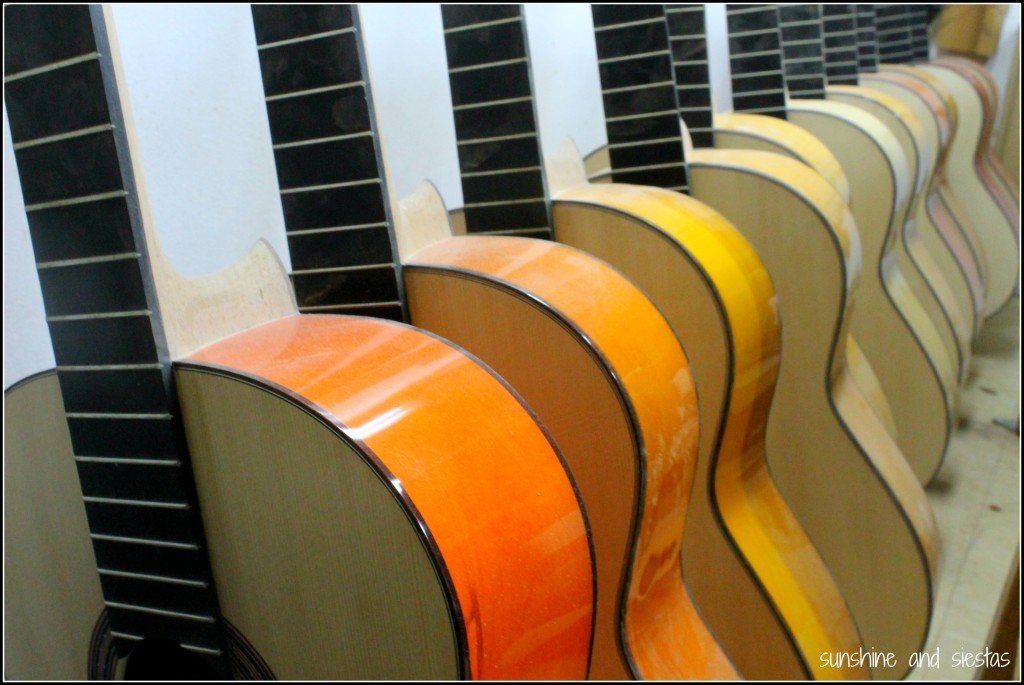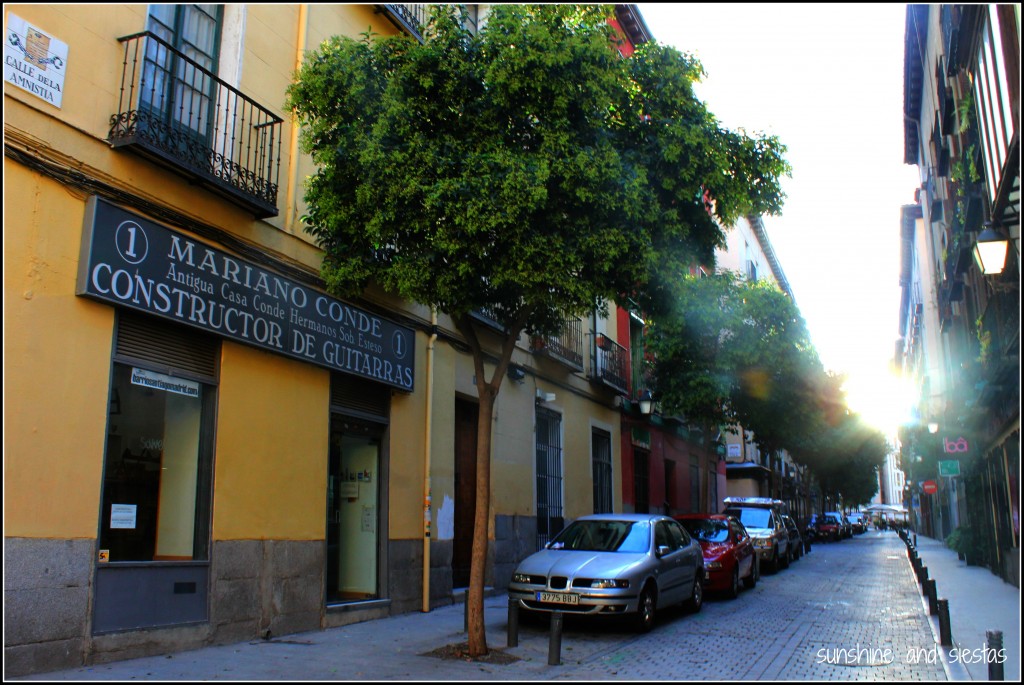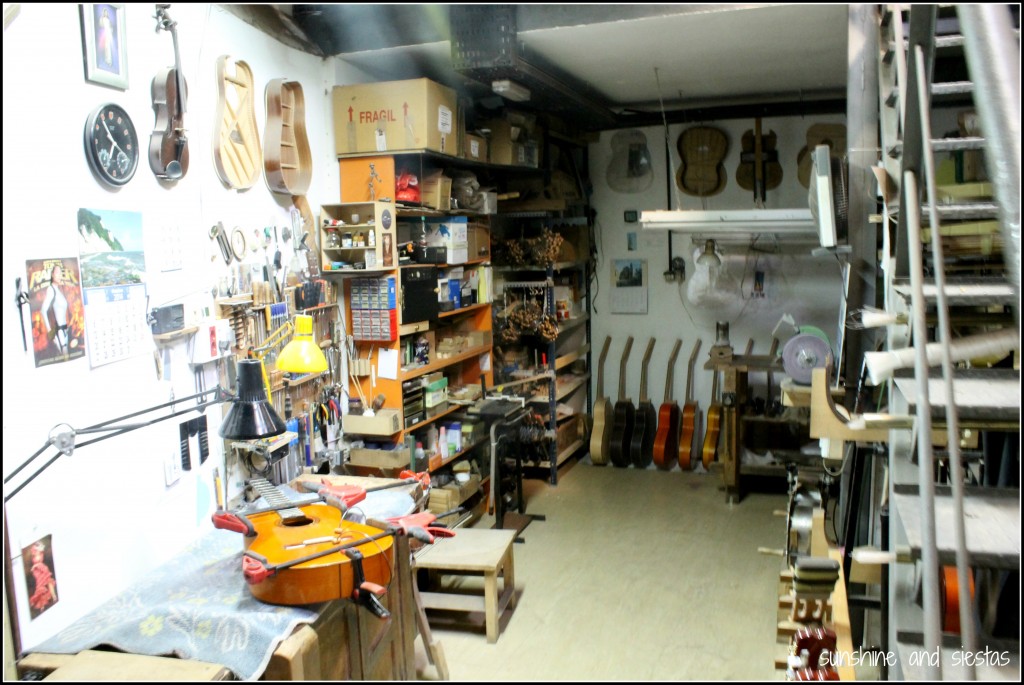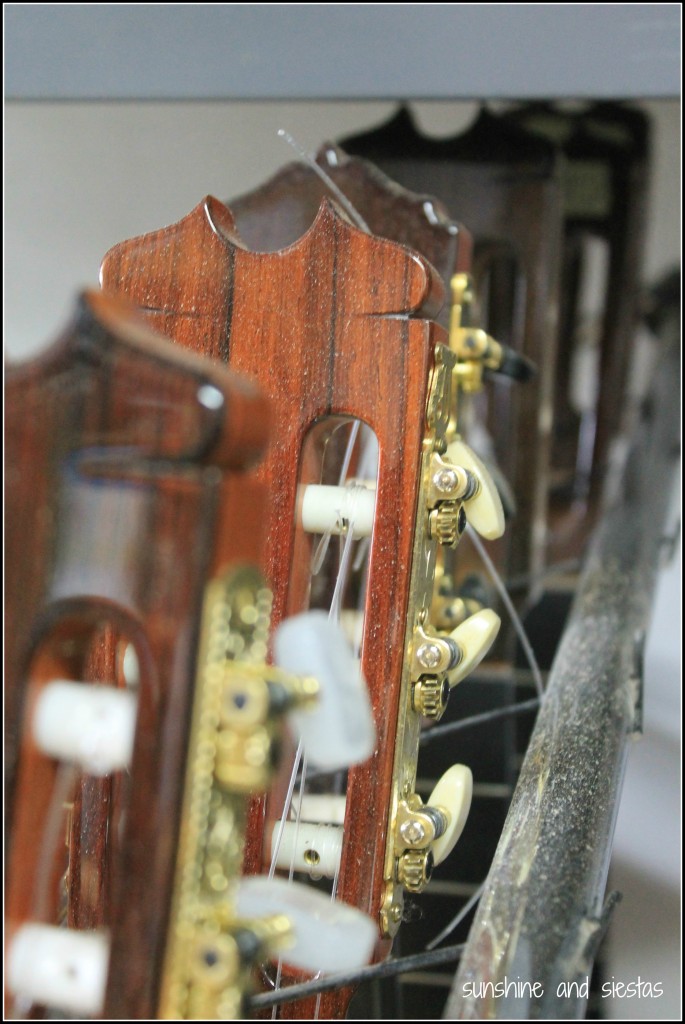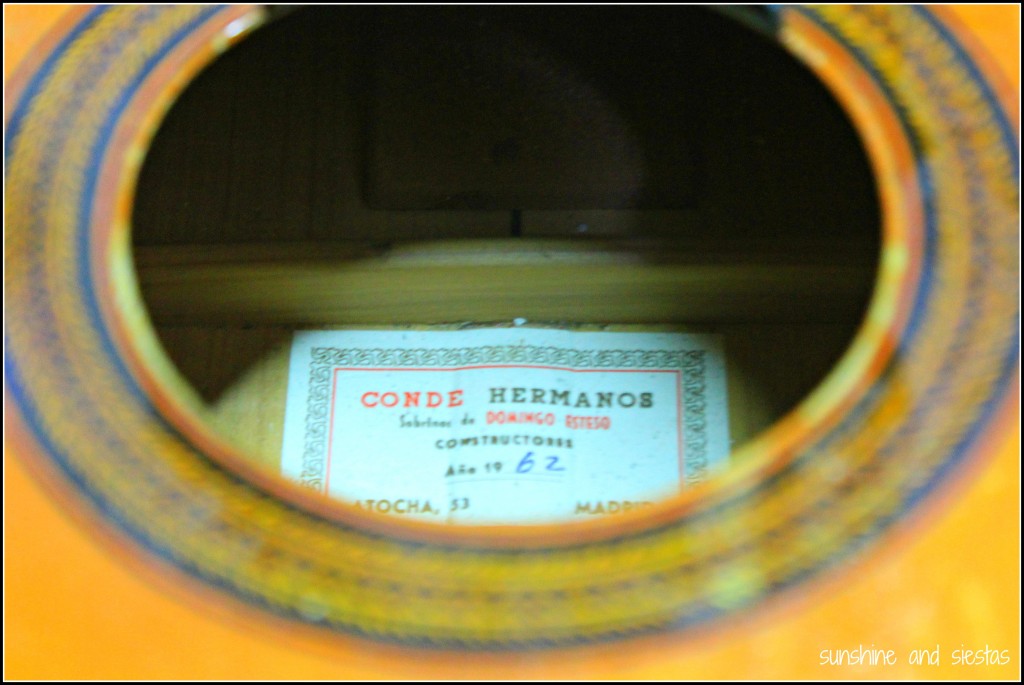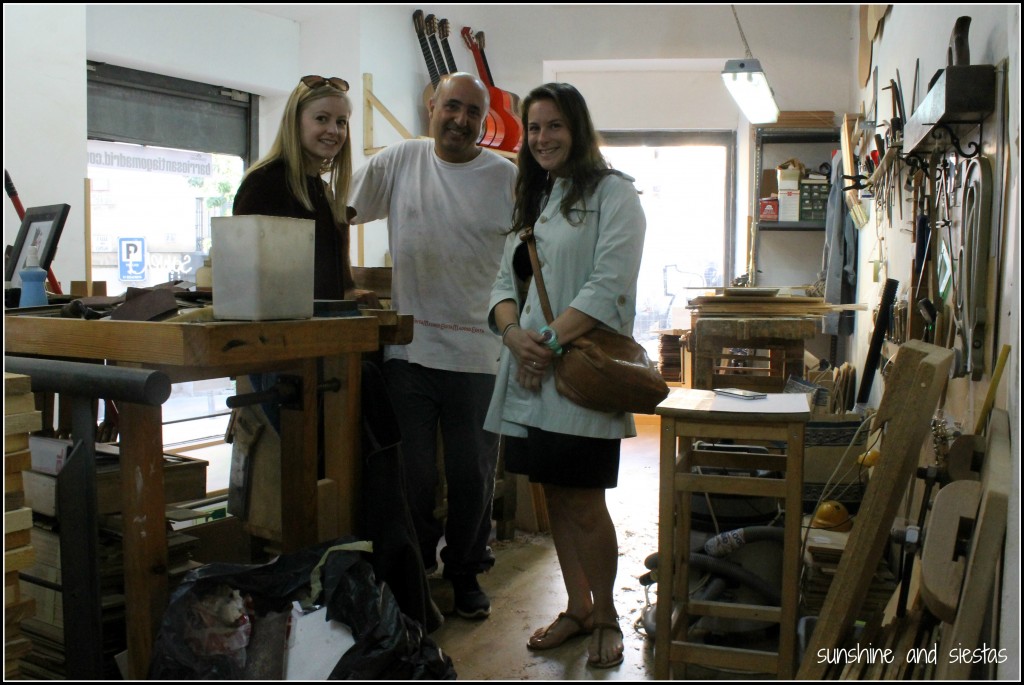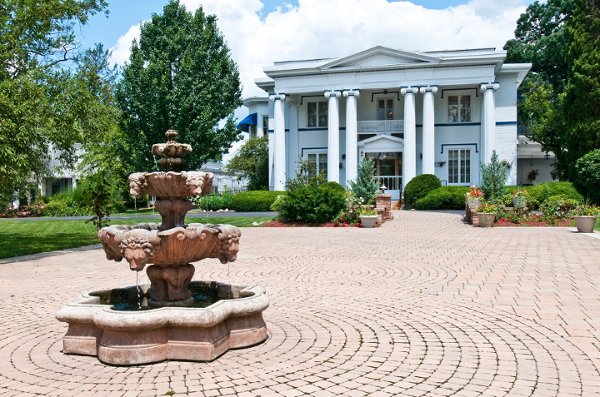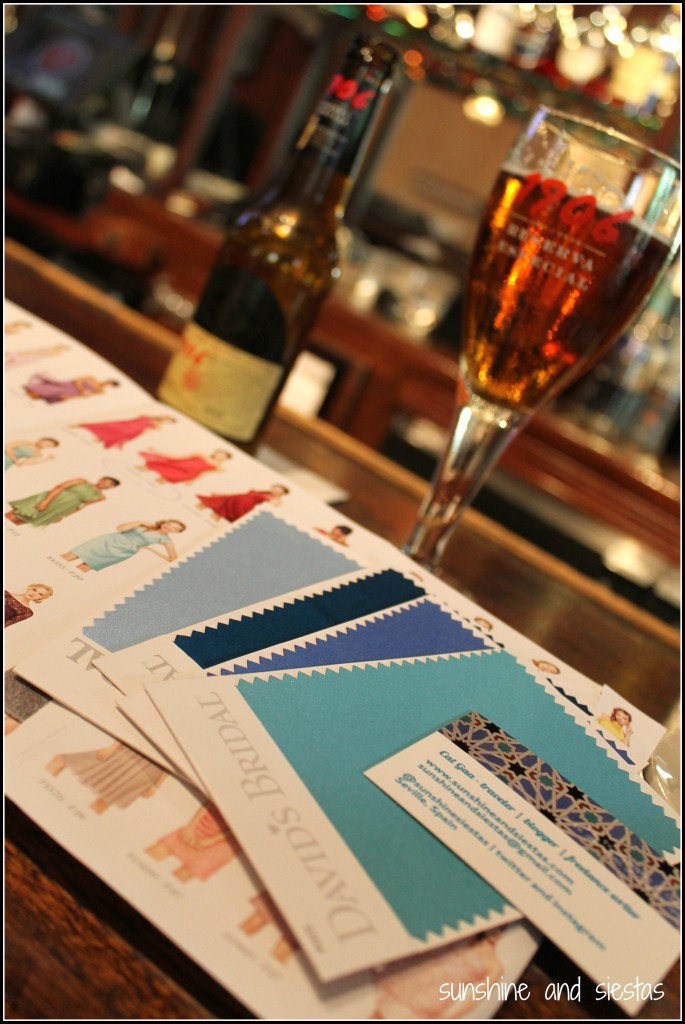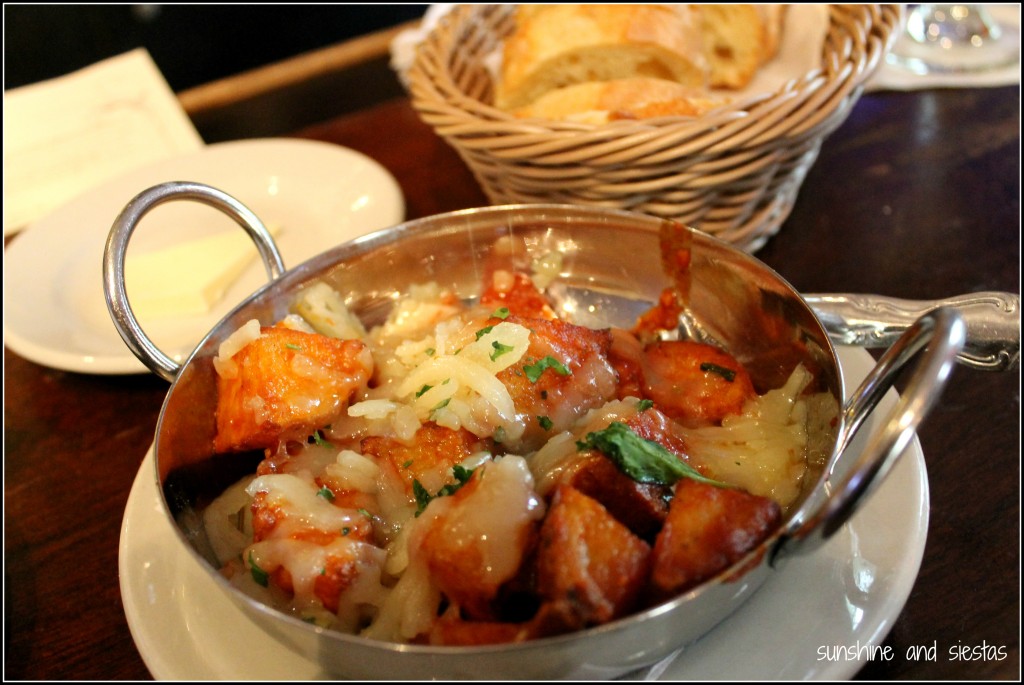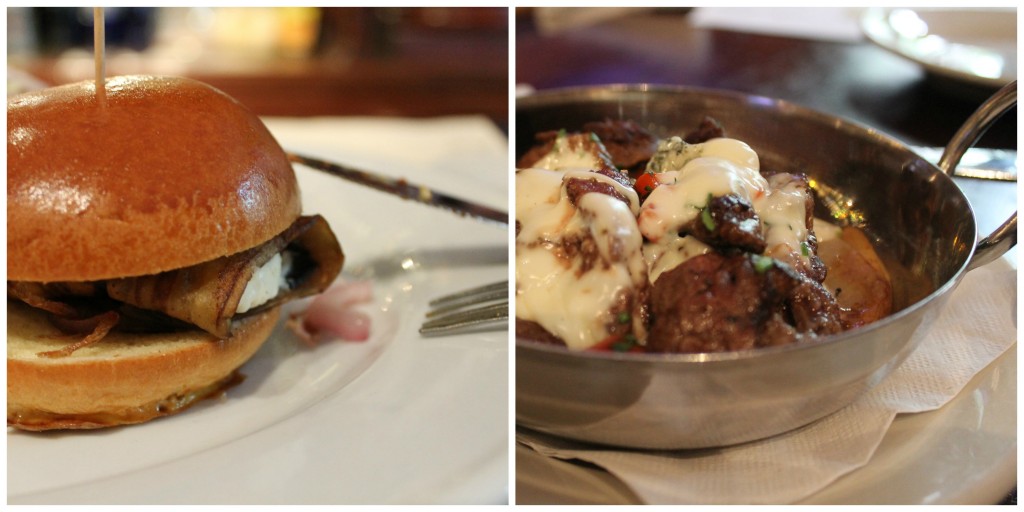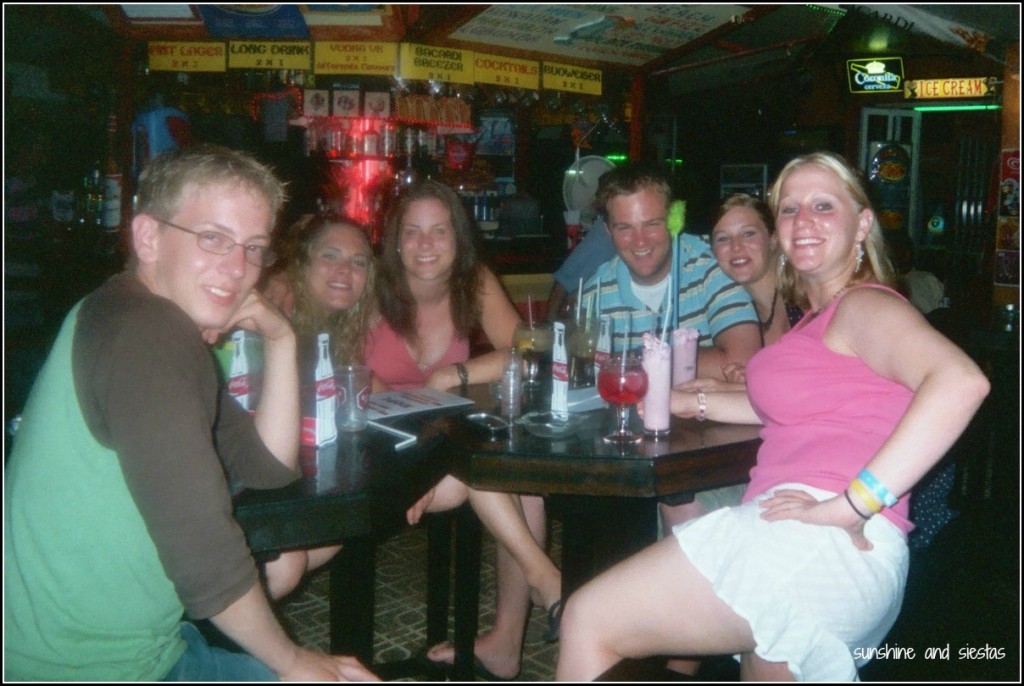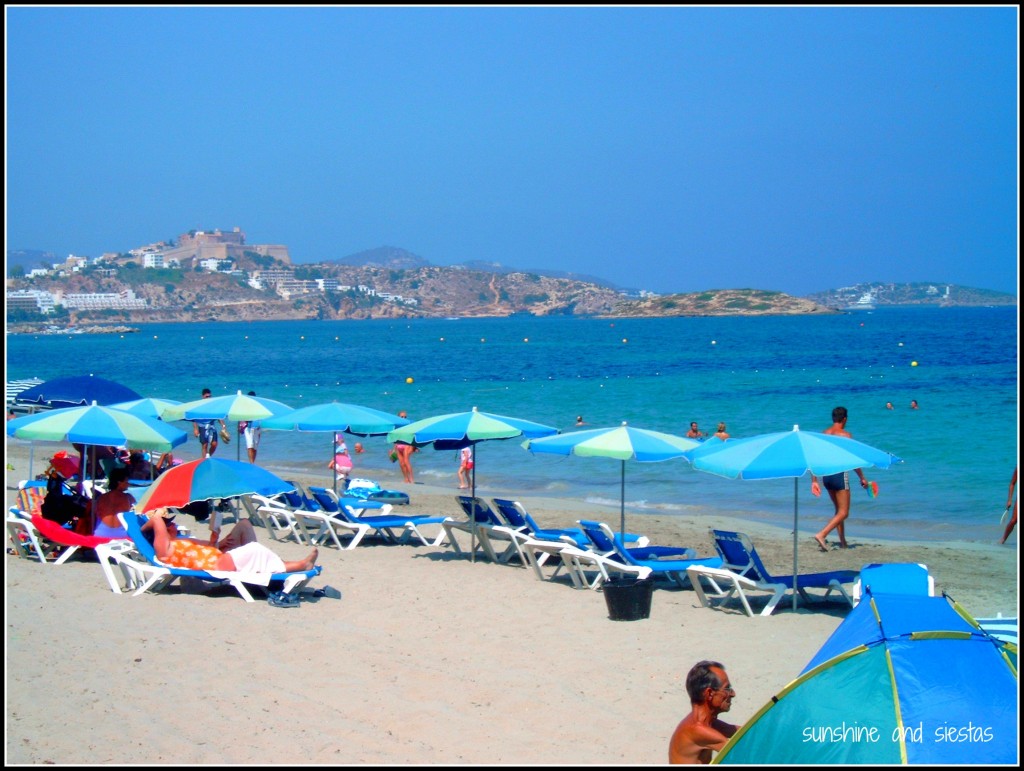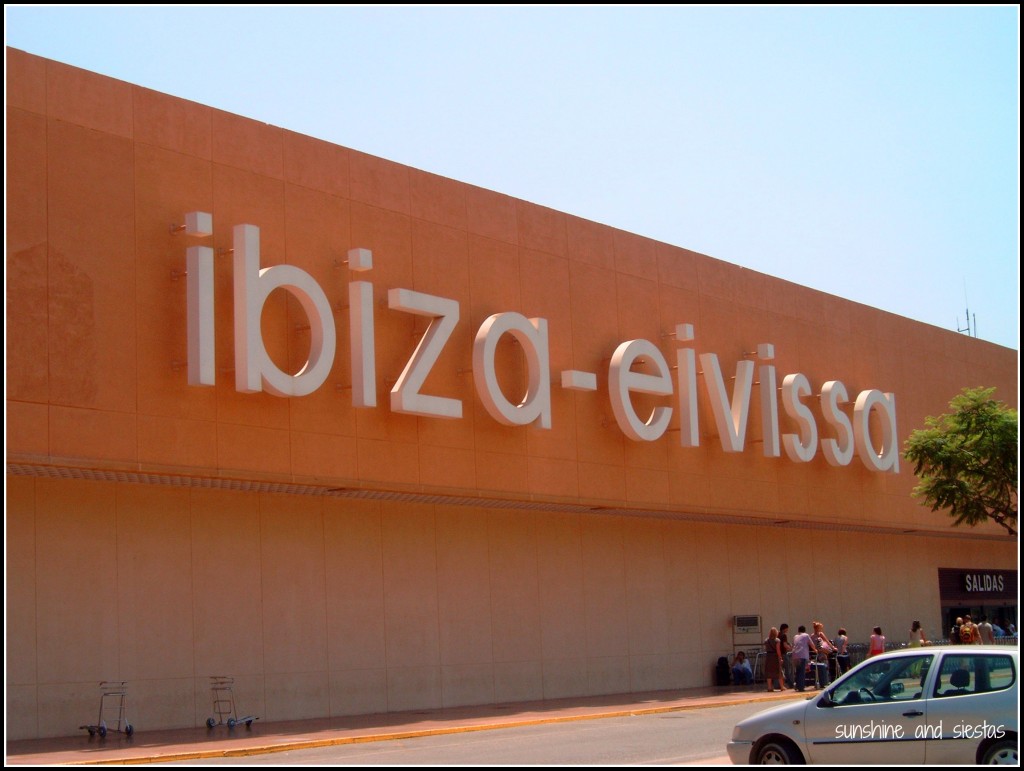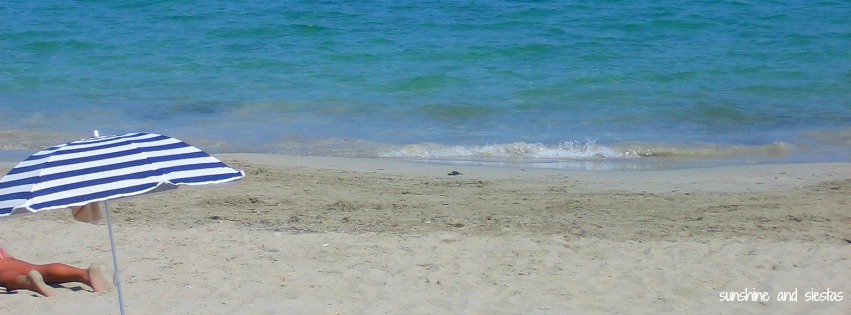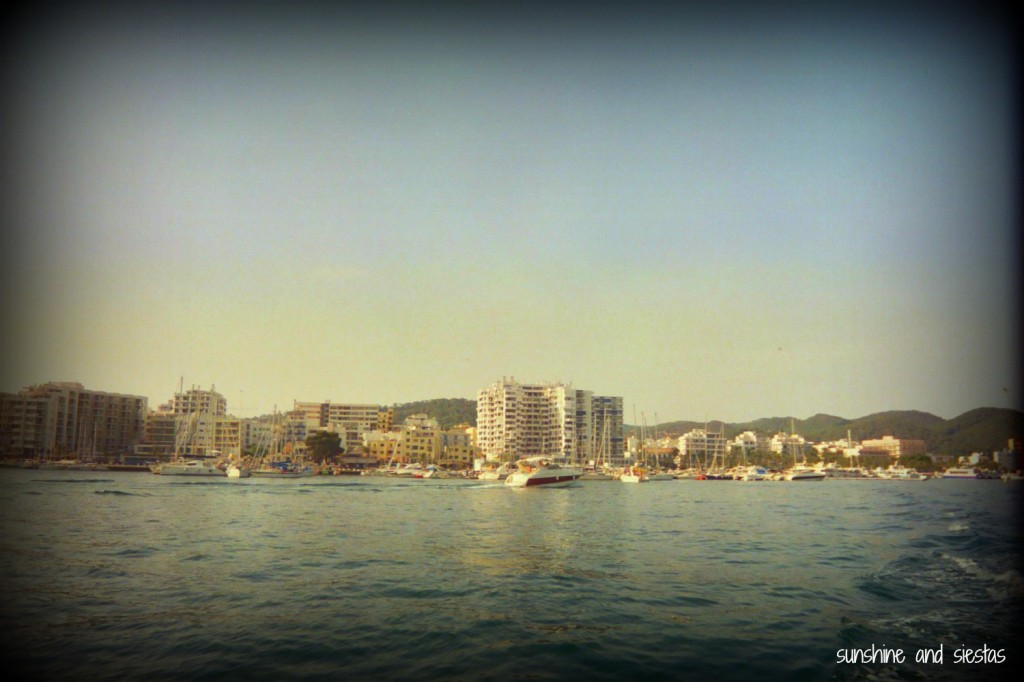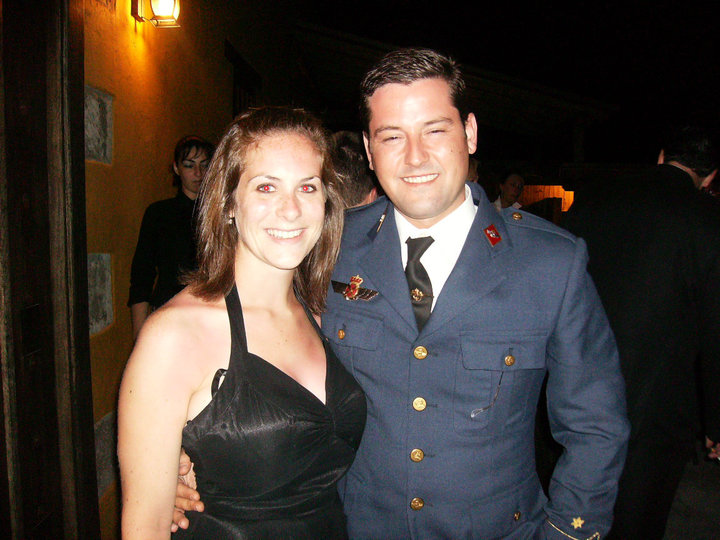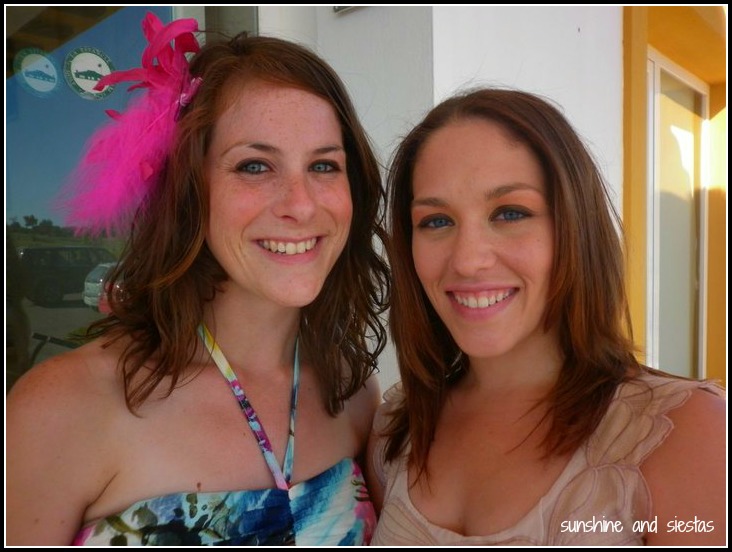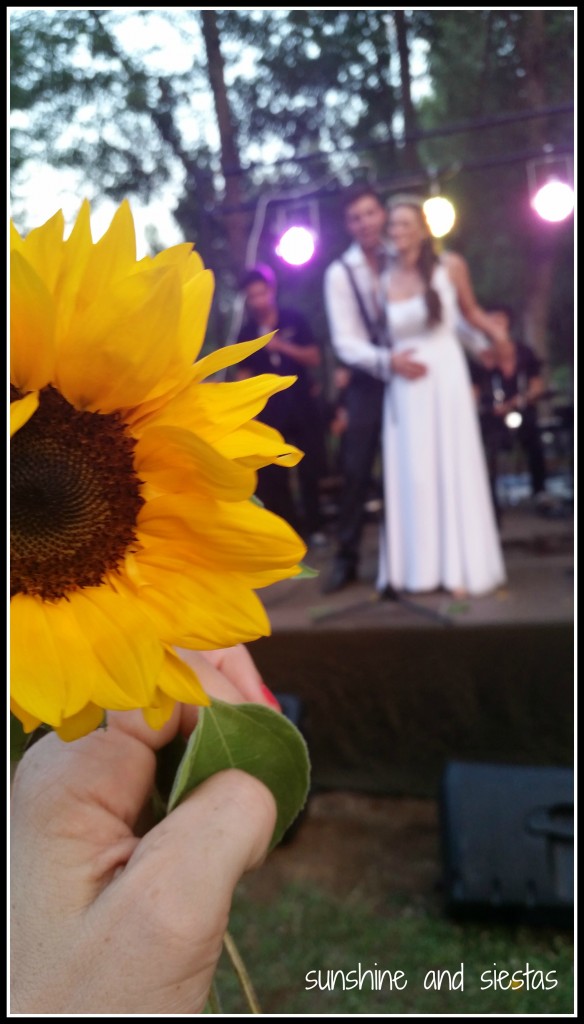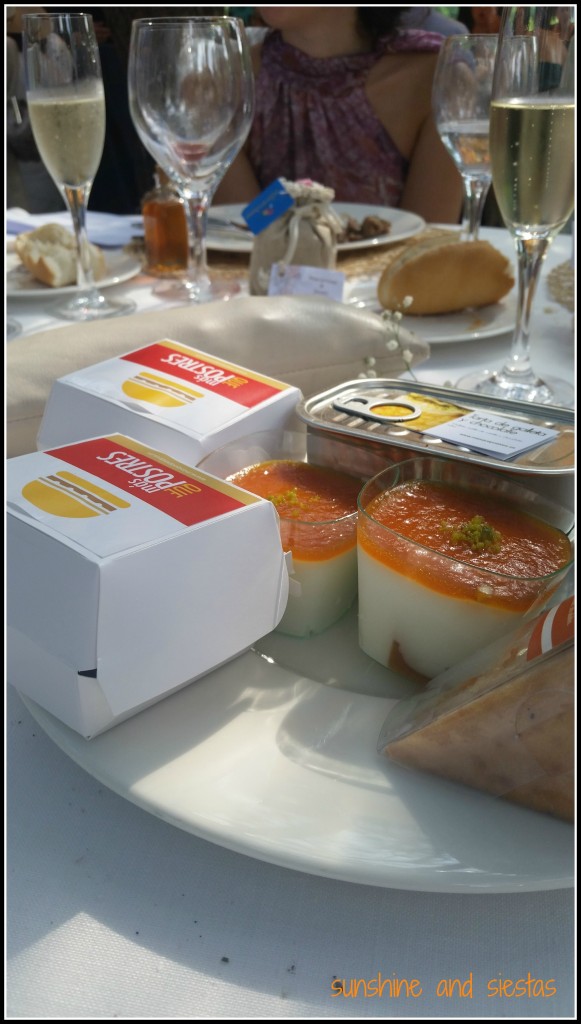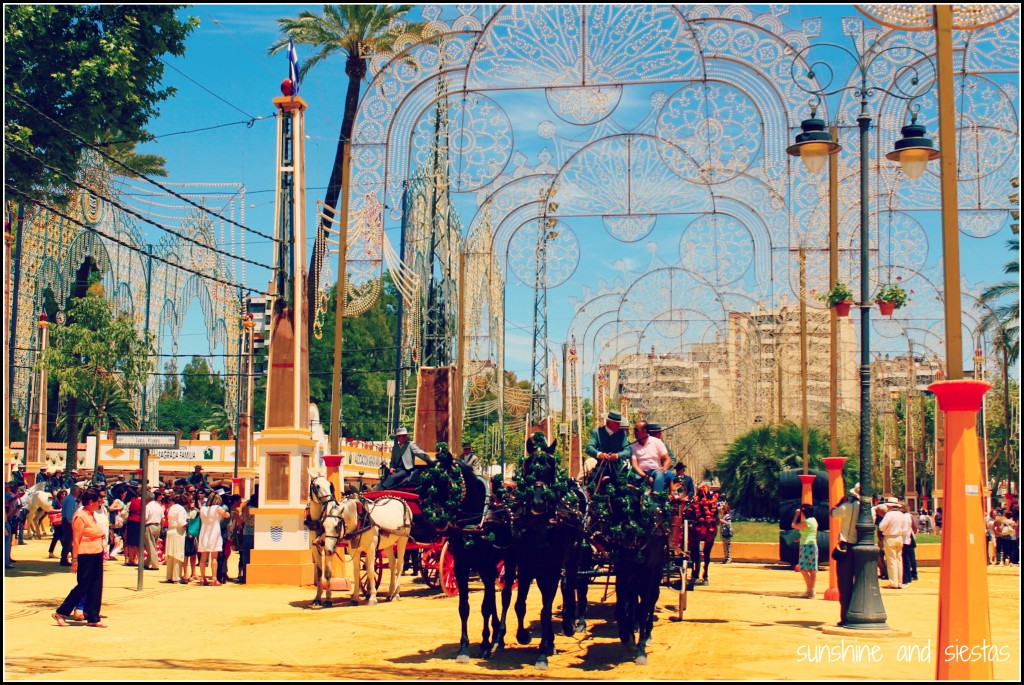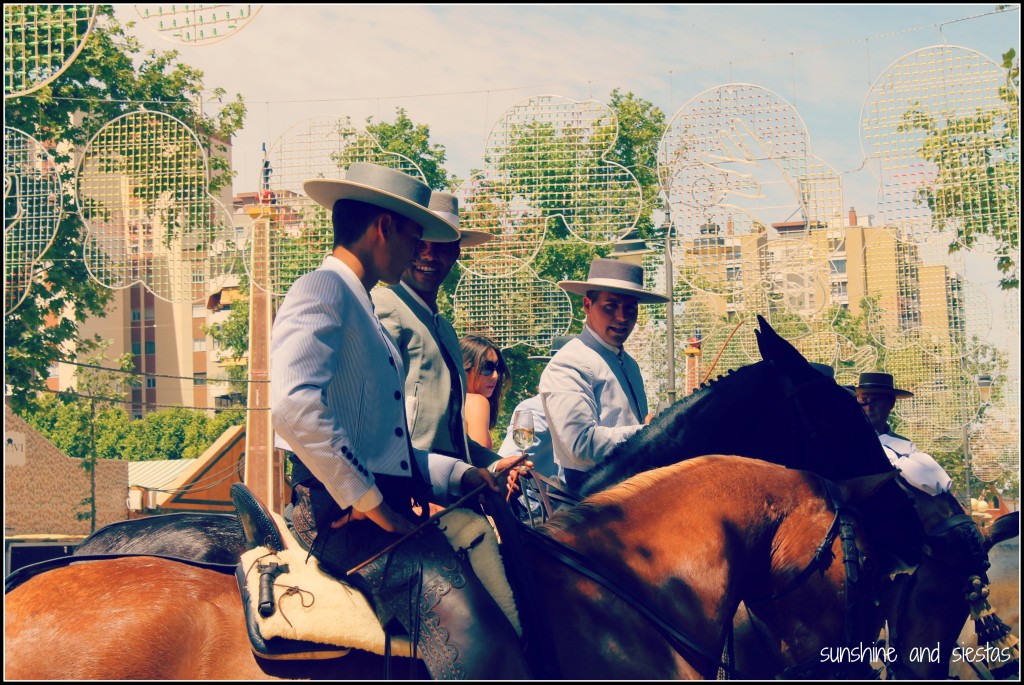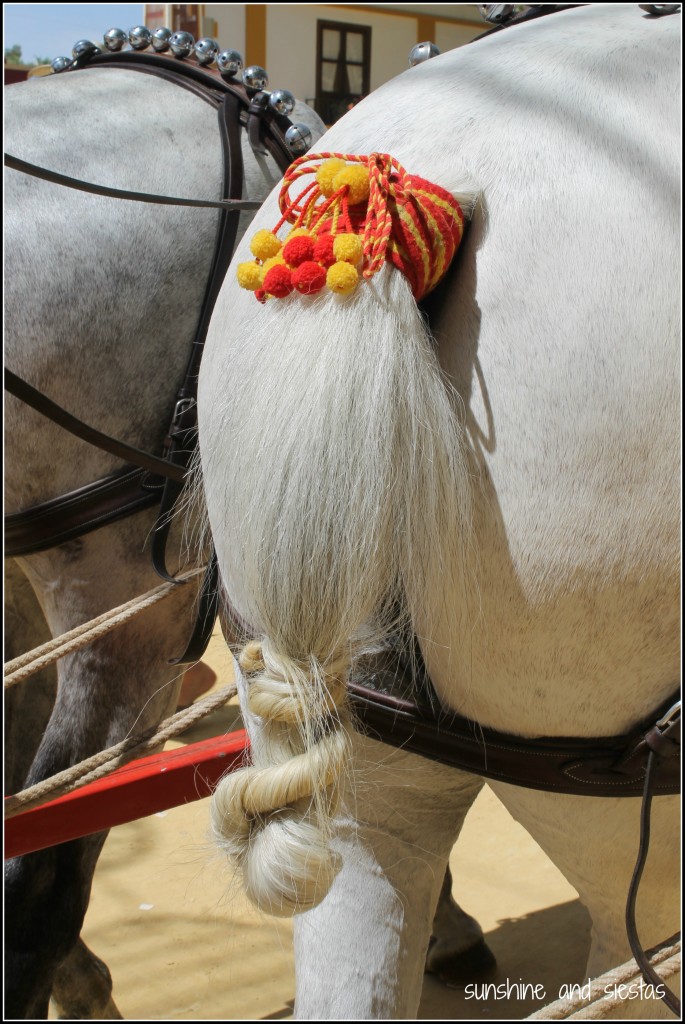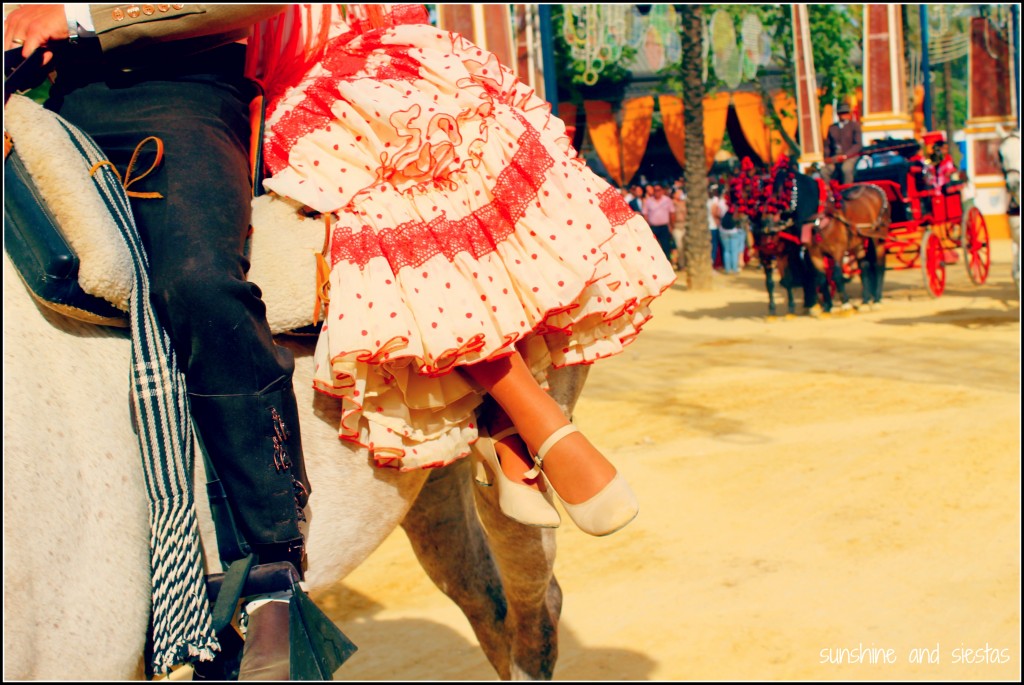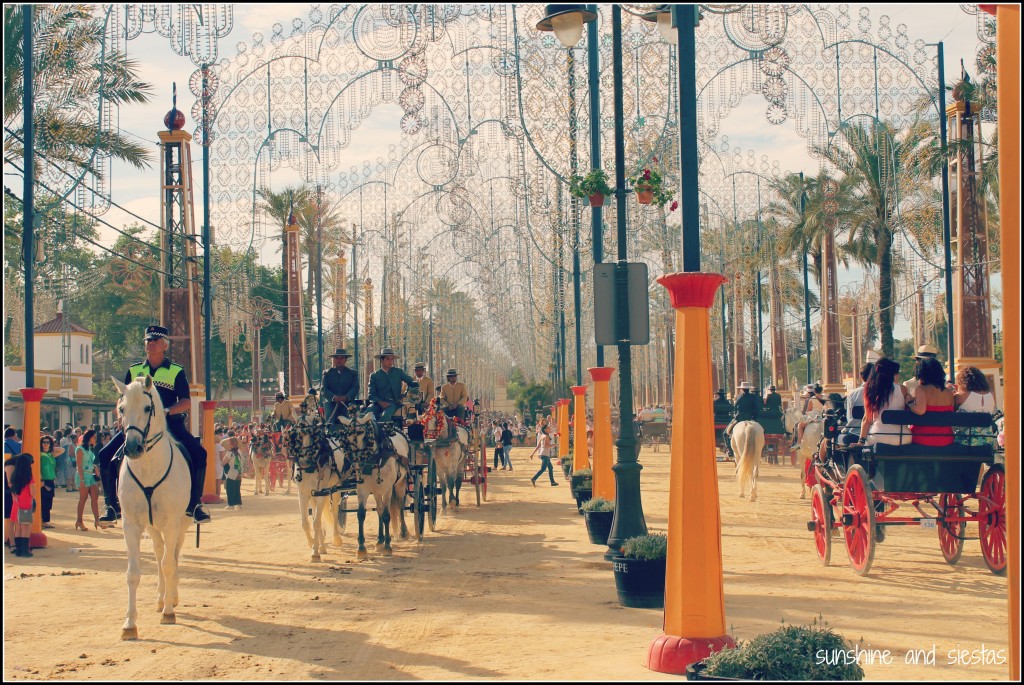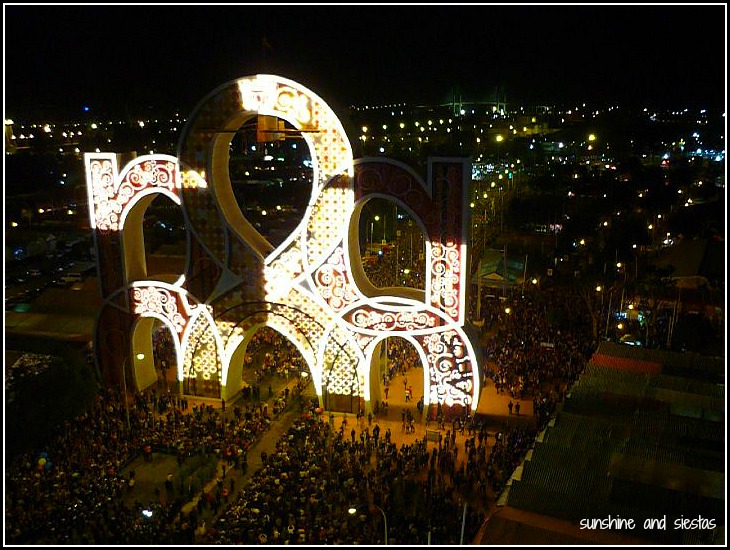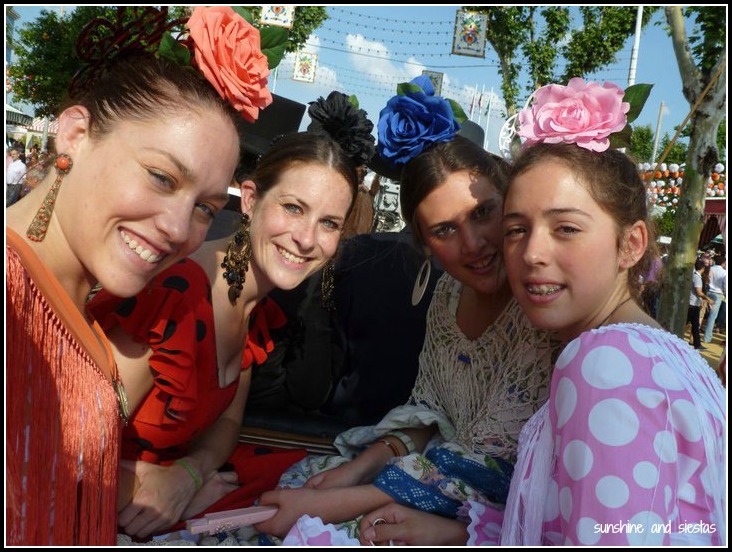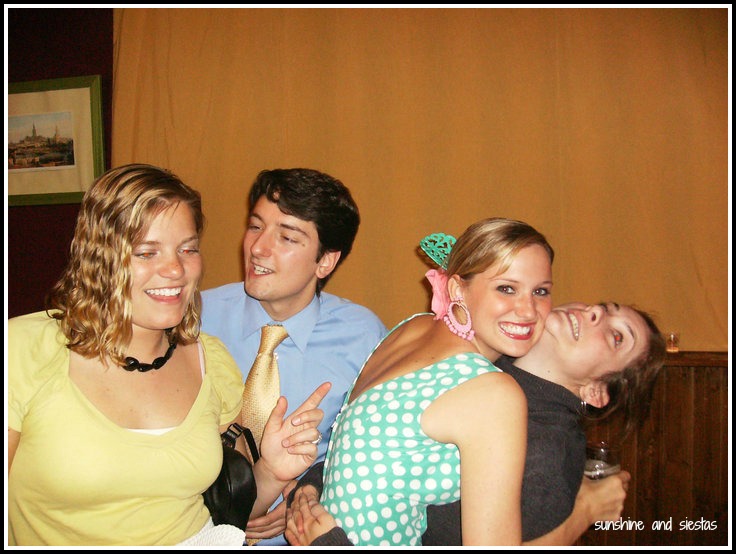The sawdust on the floor gave it away: this was actually a living, breathing sort of workshop, not one where the workers are tucked away, out of sight for appearances. My ears perked with each twang of the six strings of a flamenco guitar. There was a few hollow knocks, followed by a bit of sanding.
That’s where the sawdust came from.
Growing up, I played the clarinet and learned music theory while perfecting trills, scales and my embouchure. Upon taking a flamenco course in Seville, I discovered that I shared the innate rhythm bailaores possess, the internal metronome that allows them to recognize palos and styles, then spiral into dance. My ears picked up the 2/4 and 3/4 counts and set my feet into motion with a firm golpe using my whole foot.
There are three big parts to flamenco – el cante, or the song; el baile, or dance; el toque, or the guitar. The guitar is what accompanies the cante, and sets rhythm to the bailaor.
To learn about how flamenco guitars are crafted, Tatiana took us to the Mecca of guitarras flamencas – Guitarrería Mariano Conde. Tucked away from the Ópera area on Calle de la Amnistía, this workshop has existed since 1915 and is operated by a third-generation craftsman and his son.
Mariano hardly looked up from his work as he welcomed us into the bi-lever taller. He was sanding down the intoxicating curves of a flamenco guitar, crafted from cyprus and a century-old design. There was a muttered holaaaaa bienvenidas and a quick dos besos for Tatiana as she led us downstairs into the dimly lit belly of the shop.
The tools of the trade stood against the wall – picks, sanders, measuring sticks, protractors. Nearly two dozen guitars in various stages of development, each showing just a fraction of the work that goes into crafting a lightweight flamenco guitar. In all, about 300 hours of labor go into producing a single instrument.
Mariano descended the stairs, carrying a soundboard over his shoulder. Made of thin strips of cypress or spruce, this part of the guitar provides for the reverberation and the sound that is transmitted when strings get plucked. Once this part of the guitar has been crafted, the sideboards are affixed, followed by the fretboard, or neck.
Just as a painter signs the bottom of a masterpiece, Mariano’s signature comes by way of the carving on the top of each fretboard – his is a minute, gently sloping “M.”
Many of the guitars we saw were in their final stages of production – applying coat after coat of French shellac, drying, or ready for the strings and bridge to be attached. Around the sound hole, Mariano adds another signature of his workshop, one which is solely dedicated to flamenco guitars: the rosette.
Made from carved and dyed pieces of wood, the color and pattern of rosettes changes regularly, and his current design pays homage to the first generation of flamenco guitar craftsmen in his family. The costs begin at 2800€ and rise steadily from there, depending on the wood used and hours of craftsmanship.
Unless, of course, it’s a Sonata.
A list of about 30 names of guitars, named for the poems that accompany the tag, are specially crafted for famous names in flamenco (including the recently deceased flamenco great, Paco de Lucía) and specialty buyers, including musicians who do not perform in the flamenco style. The Sonata guitars are pricey, but done solely by el maestro himself.
Mariano himself was hospitable, answering my questions between teens looking to replace nylon strings and other curious buyers who walked into the shop.
To say the Conde Hermanos, sobrinos de Domingo Esteso, are household names when it comes to flamenco guitars, would be an understatement. I’m not a flamenco aficionado, but can appreciate the discipline and attention it take to perfect an art, be it el cante or el baile or el toque.
The Art of Making, Alma Flamenca from Deep Green Sea on Vimeo.
I visited Guitarrería Mariano Conde as part of the ‘Origins of Flamenco’ tour with OGO Tours. Check out their website for loads more, from food to walking tours to excursions. Javier and Tatiana graciously invited my friend and I free of charge, but all opinions are my own.
If you’re interested in more Madrid and flamenco: My Perfect Madrileño Day | Mercado San Miguel | Where to see flamenco in Seville
Do you like Flamenco?
